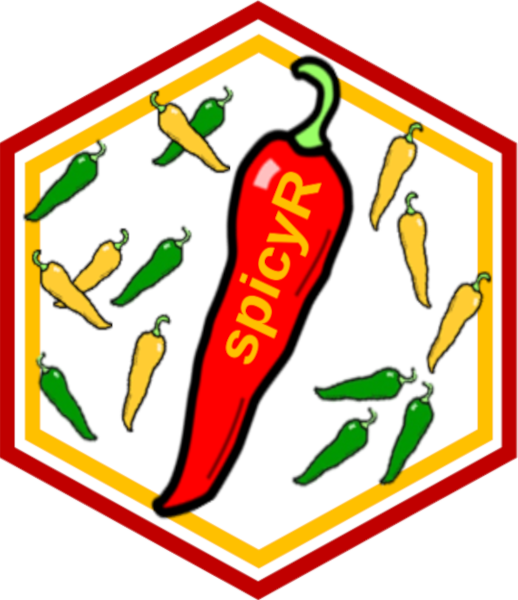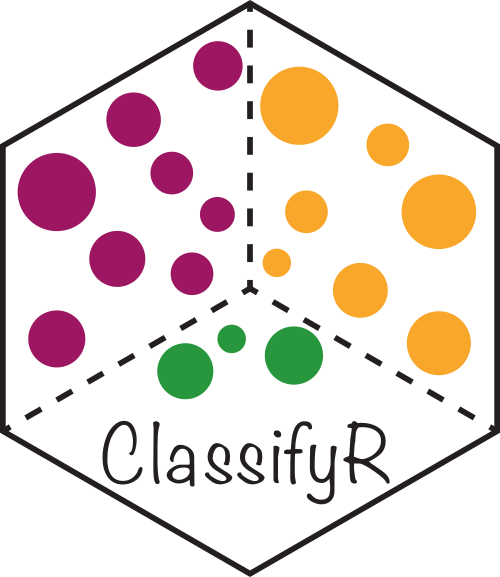Overview
There are over 37 trillion cells in the human body, each taking up different forms and functions. The behaviour of these cells can be described by canonical characteristics, but their functions can also dynamically change based on their environmental context, leading to cells with diverse states. Understanding changes in cell state related to their spatial context in the tissue microenvironment is key to understanding how spatial interactions between cells can contributes to human disease. State-of-the-art technologies such as PhenoCycler, IMC, CosMx, Xenium, MERFISH and many others have made it possible to deeply phenotype characteristics of cells in their native environment. This has created the exciting opportunity to identify spatially related changes in cell state in a high-thoughput manner.
Description
Statial is a Bioconductor package which contains a suite of complementary approaches for identifying changes in cell state and how these changes are associated with cell type localisation. This workshop will introduce new functionality in the Statial package which can
- uncover changes in marker expression associated with cell proximities and
- model spatial relationships between cells in the context of hierarchical cell lineage structures.
- identify changes in cell state between distinct tissue environments,
Pre-requisites
It is expected that students will have:
- basic knowledge of R syntax,
- familiarity with SingleCellExperiment and/or SpatialExperiment objects, and
- this workshop will not provide an in-depth description of cell-resolution spatial omics technologies.
Participation
While it will be possible for participantsto run code as we go through the demonstration, given time constraints, I would encourage them to focus their attention into critiquing when and why modelling the spatial relationships between cells in these ways is appropriate. Questions are welcome both within the workshop and if students choose to workthrough the workshop independently after the demonstration.
R / Bioconductor packages used
While this workshop will focus on the functionality of Statial, it will tangentially touch on other Bioconductor packages we have developed for these technologies such as spicyR, lisaClust and ClassifyR.



Time outline
The expected timing of the workshop:
| Activity | Time |
|---|---|
| Introduction | 5m |
| Discrete cell states | 10m |
| Continuous cell states | 10m |
| Tissue microenvironments | 5m |
| Classification | 5m |
